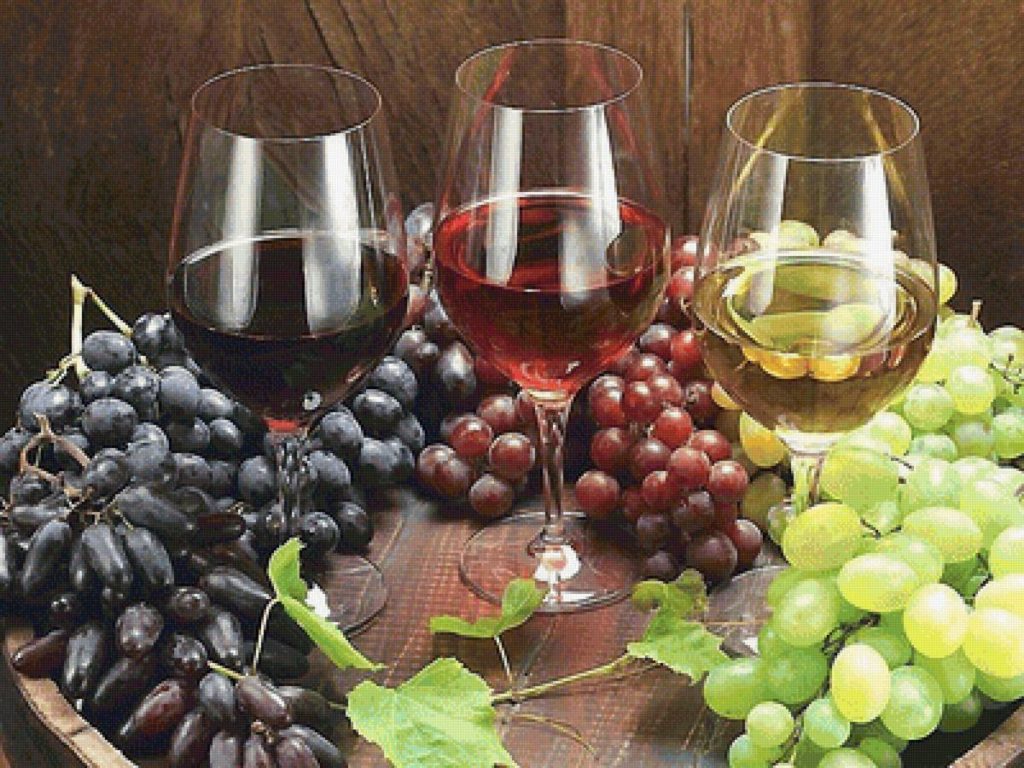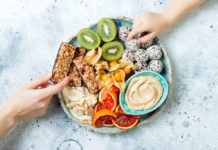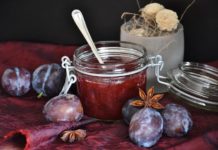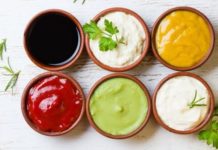Wine has long been considered one of the best alcoholic drinks, of course, if consumed in moderation. Made from red or white grape varieties, not only will shade the taste of cooked dishes, but will also help prolong youth, improve vascular function and cleanse the body of some harmful substances. It is not for nothing that a glass of dry red wine was recommended to drink to people exposed to radiation. Home-made beverages are becoming more and more popular today. And not only from grapes. Let's consider the most popular homemade wine recipes and try to choose the best one.
Content
Benefit and harm

Today homemade wine is made from many types of berries and fruits. The main advantage of such drinks lies in several points:
- You can choose the best recipe for making a drink, which will have the right ratio of strength, sweetness and astringency.
- The use of a wide variety of raw materials and cooking methods.
- Confidence in the quality of the wine material. Most often, drinks are prepared from self-grown berries and fruits.
- A budget-friendly way to get a great drink. True, quite laborious.
- Self-made drinks have a special taste, because the winemaker puts a piece of his soul into them.
Let's not talk about the dangers of excessive alcohol consumption. They talk about it at school. It is better to dwell on the fact that it is not always possible to get good wine the first time. Inexperience, improperly selected raw materials, and disruption of the technological process also affect. Novice winemakers should start with juicy berries, which contain a lot of acids. Otherwise, the chances are high that you will get wine vinegar, which will only harm your digestive system if you drink it, and nervous when you have to pour it out.
What it takes to make the best wine

To make wine at home, you need to have on hand:
- Large containers, pots or bowls, which are necessary in some preparation of raw materials and for the first stage of fermentation;
- Bottles. Even if there is no desire to stockpile a lot of wine, large containers will come in handy, since a large amount of oxygen is released during fermentation, and they cannot be filled to the very neck;
- Water trap or punctured gloves to prevent air from entering back;
- Slim tubes for pouring out the drink. Medical equipment for droppers is great;
- Containers for bottling the finished drink;
- Dark and cool storage space.
And of course berries or fruits, preferably a little overripe. By the way, in the process of preparing raw materials, it is not washed. It is the bacteria that are on the surface of the fruit and are responsible for the beginning of the fermentation of the drink. Oh yes. Proven recipes.
Popular recipes for homemade alcoholic beverages
At home you can make liqueurs, liqueurs, liqueurs, cider. Wine is most often made from grapes, black currants, gooseberries, apples. Cherries and plums are less commonly used. Not because it turns out not tasty, but because they contain less juice and not every beginner can handle them.
From birch sap
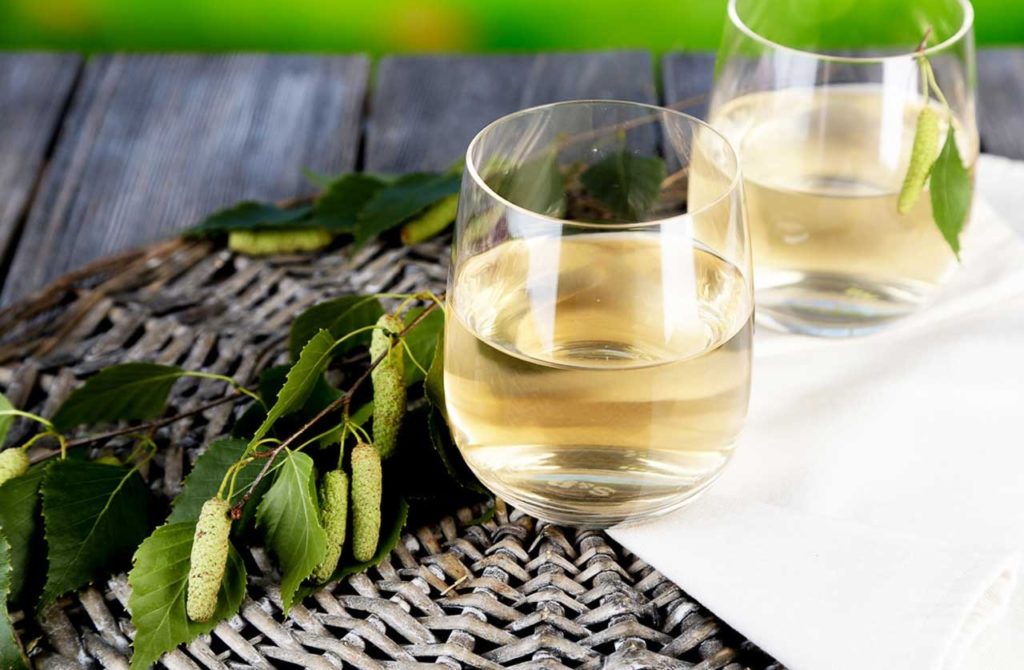
One of the simplest recipes for making wine with your own hands.If you do not oversleep the process of the beginning of sap flow, then at the barbecue in May, the female part of the guests will appreciate the efforts of the winemaker.
- A kilogram of sugar is diluted in 10 liters of fresh birch sap and half a teaspoon of citric acid is added.
- The mass is brought to a boil, the foam is removed, and about 1/5 part is boiled over low heat.
- Add 100 grams of dry unwashed raisins to the juice cooled to 40-50 degrees.
- The finally cooled infusion is poured into bottles, filling them by about 2/3. Close with a water seal or glove. Leave for a month in a warm room protected from the sun. A deflated glove will signal the end of fermentation.
- The fermented composition is poured into other containers, sealed tightly and placed in a dark and cool room. After 20 days, it is bottled and stored.
Some winemakers add yeast instead of raisins, considering this method more reliable.
Advantages:
- Light, with a refreshing taste;
- Nice colour;
- Cooking doesn't take long.
Disadvantages:
- Lack of a bright aroma and pleasant aftertaste;
- You can get a fine for extracting juice.
Strawberry

Perhaps one of the most delicious and aromatic home wines. The strength is 16-18 degrees, and it can already be attributed to fortified drinks. The dizzying scent will constantly remind you of summer days. However, you have to work hard. Do not use a lot of berries the first time. The drink is somewhat capricious, and the preparation process is quite laborious. It is best to do it at the rate of 4 kg of ripe berries or a five-liter bucket.
- The stalks are first removed, and the berries are thoroughly washed from the sand.
- Syrup is prepared from 4 liters of water and 2 kg of sugar.
- The berries are kneaded with a fork, placed in clean jars, filled with 3/4 syrup. Close with tight lids on top.
- They are stored in a dark and cool place for a week. It is desirable that the temperature in it does not exceed 20 degrees. The contents are often stirred with a wooden spoon or spatula.
- When the strawberry pulp rises up, carefully remove it. The juice is filtered in clean containers and left to ferment, covered with a glove or a lid with a thin tube, the end of which is placed in a jar of water.
- At the end of fermentation, strawberry wine is bottled and stored in a cellar or closet.
The strength of the strawberry drink can be adjusted by pouring it several times with added sugar. Each time the wort will become lighter. To achieve a more active fermentation of the berries and prevent them from spoiling, add a little raisins to the mixture. And to give a bright taste - a couple of handfuls of wild strawberries.
Advantages:
- Original taste with a slight bitterness;
- Bright summer aroma;
- Beautiful color of the drink, which can vary from pink to crimson;
- Fortress.
Disadvantages:
- Laborious cooking process;
- Short shelf life. Even in the dark and cold, strawberry wine loses its flavor characteristics one year after production;
- With a lack of experience and dexterity, berries during the cooking process can mold.
From jam
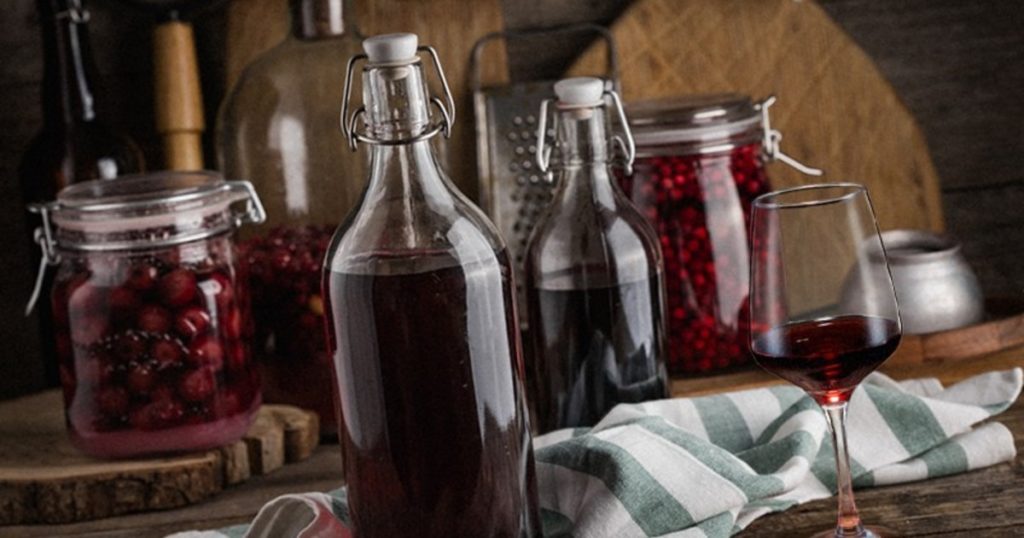
Many housewives are familiar with the situation when a new berry and fruit season is already on the doorstep, and a battery of jars with last year's jam has accumulated on the shelves in the pantry. It's a pity to throw it away, the whole family turns up its nose from pies. Making wine from jam is simple. It turns out fortified, with the taste of those fruits from which the delicacy is prepared.
- Put 1 liter of jam in sterilized three-liter jars and add 1.5 liters of water and 100 grams of dry unwashed raisins to stimulate fermentation.
- The jars are tightly closed with plastic lids and placed in a dark place.
- After 10-14 days, the infusion is filtered, poured into jars. Gloves with pierced fingers are put on from above, and they are firmly fixed at the neck. The fact is that the fermentation process is long, about 1-1.5 months. It is easier to determine its activity and end time by the glove.
- The drink is poured into containers and left in bottles or cans for 2.5-3 months.
Wine made from jam is strong and sweet.
Advantages:
- Ease of preparation;
- Lack of a preparatory stage, with a bulkhead of raw materials;
- There is no need to use sugar.
Disadvantages:
- Wait a long time until ready;
- Strong, and most importantly sweet wine is not to everyone's taste.
Cherry
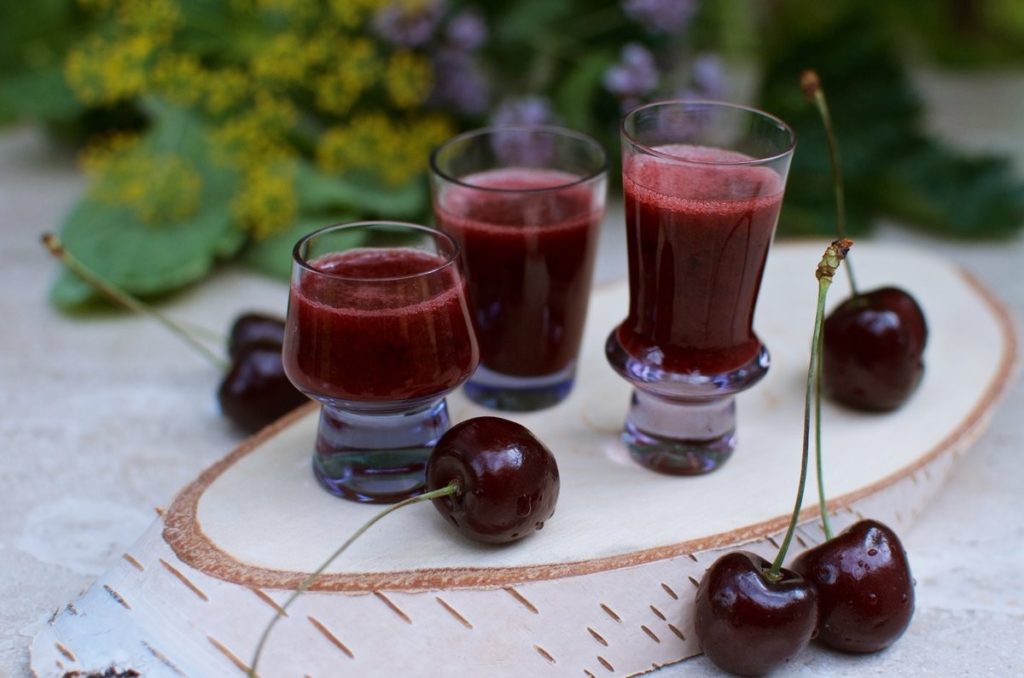
Cherries are more often used to make liqueurs or liqueurs with the addition of vodka. Cherry wine is delicious, but the full cycle of its production can take up to 1 year. If you are patient, the berries will fully reveal their taste and aroma.
- The berries are carefully sorted out, rejecting everything with black spots or dried barrels.
- Bones are removed. If you want to add some astringency to the wine, don't throw them all away. A handful of seeds will not harm your health, since the content of hydrocyanic acid in them is minimal.
- 3 kg of peeled, but not washed cherries are poured into the bottom of the pan. Pour it with sweet, warm syrup prepared from 4 liters of water and 2 kg of sugar.
- The cherry begins to ferment quickly and strongly. Therefore, the wort must be stirred several times a day. The containers are stored in a dark room at an air temperature of 18-20 degrees.
- After 7-10 days, the drink mixture is filtered, the pulp is thoroughly squeezed out. Add 0.5 kg of sugar, mix and pour into bottles or containers, without adding about 1/5 to the top.
- Close with a lid with a water seal. After 5-7 days, add another 0.5 kg of sugar if desired. The infusion of cherries will ferment for about a month and a half.
- The fermented drink is bottled, tightly corked and left to mature in a dark and cold room for six months, or better for a year.
For those who don't like sweet and fortified wines, you can reduce the amount of sugar.
Advantages:
- Bright, rich taste, with a slight sourness and tart aftertaste;
- Pleasant aroma;
- Beautiful ruby color;
- Possibility to regulate the strength and sweetness of the wine;
- Suitable for making sweet desserts. The cookery is served with meat and fish dishes.
Disadvantages:
- It takes a long time to prepare;
- A lengthy preparatory process that requires the extraction of the seeds;
- It is easy to mistake the amount of sugar for a sour or too sweet wine.
From apples

The taste of apple wine is hard to guess. Depending on the variety, its aroma can have pleasant floral notes, be tart, and even have a slight bitterness. But it will always be a light, dessert drink with a refreshing taste.
- Approximately 20 kg of apples are examined, wiped off with a cloth, and damaged areas are cut out. For a mild flavor, the core is removed.
- Pass through a squeezer.
- Measure the volume of the resulting liquid, and add 100-150 grams of sugar for each liter. Its amount depends on the variety. You should be careful, with an excess of sugars, the juice may not begin to ferment.
- The first 3-5 days the product is left in an enamel or stainless steel pot. The neck is tightly closed with gauze. The mixture is stirred periodically.
- After the pulp accumulates on the surface, it is squeezed out, and the juice is filtered.
- Pour into bottles and add 200-300 grams of sugar. The containers are closed with a water seal or gloves.
- The drink ferments for about 1-1.5 months. Then it is poured into bottles and left to ripen.
Quite a simple recipe. When using it, the first sample can be removed in 2-3 months. Just in time for the New Year's table.
Advantages:
- Light and pleasant taste;
- Ease of preparation;
- A budget option, with almost always available raw materials;
- Apples and wine from them contain a large amount of pectins, which have a beneficial effect on digestion.
Disadvantages:
- According to winemakers, none.
Apple wine has one more feature. To increase appetite, it is used as an aperitif. For those who are watching the weight, it is better to consume it during lunch.
Gooseberry

An excellent refreshing drink filled with vitamins and nutrients.Wine made from golden ripe berries, and for its preparation ripe green gooseberries are often used. Gooseberries are weakly fermented, so experienced gardeners pour berries not with water, but with berry juice. Most often, raspberry or currant.
- Gooseberries are susceptible to fungal diseases, so they carefully sort it out beforehand, and throw away rotten or moldy fruits, as well as berries with brown growths.
- The berries are slightly softened, placed in a container with a wide neck and poured with warm 300 ml of berry syrup, prepared in a 1 to 1 ratio.
- When stored in a warm but dark place, active fermentation begins at -5 days. The pulp that has risen to the surface is filtered and squeezed. The juice is poured into bottles, trying to leave all the sediment in the old containers.
- Close with lids with water seals and leave for 25-45 days.
- With the end of fermentation, the wine is poured into bottles. You can drink the drink after another 1-1.5 months.
Gooseberry wine is an excellent low-alcohol drink with a lot of positive characteristics.
Advantages:
- Very light, with a mild heady effect;
- Can serve as a dessert wine at lunch or dinner;
- It is rich in vitamins and trace elements, which have a beneficial effect on the immune system and the vascular system.
Disadvantages:
- Practically absent. The only negative is that with an excess of sugars it becomes sugary.
Currant

The most common home-made wine in the middle lane. And one of the most natural drinks. Indeed, it contains only ripe berries, water and sugar.
- Black currants are sorted out, separating the garbage. When picking berries, as a rule, there are many leaves or branches in the basket. You do not need to wash the currants.
- Three kilograms of crushed berries are poured with 5 liters of clean, preferably spring water and 1.5-2.0 kg of sugar are poured. The composition is slightly heated until the sugar dissolves.
- The wort is left in a saucepan for 3-4 days until the pulp rises. Stir it periodically.
- The wort is filtered through cheesecloth, the pulp is squeezed out. The resulting wine is poured into containers with a narrow neck, filling them by about 4/5. Put on a glove or put a cover with a water seal.
- The degree of fermentation is checked every 10 days, sugar is added if necessary.
- After the wine is completely drained, it is bottled and stored for 3 months before the first sample.
Importantly, the fermentation process of black currant wine is often delayed. In this case, the mixture is carefully poured into another substance, without affecting the sediment, sugar is added and again closed with a lid with a water seal.
Advantages:
- Bright taste, sweetness and strength of which can be adjusted;
- Saturated burgundy shade;
- Pleasant aroma;
- Blackcurrant wine has a beneficial effect on the vascular system, lowers blood pressure and increases immunity.
Disadvantages:
- Sometimes it turns out sour. But tastes differ.
From grapes

This is a classic of the genre. Wine is made from different varieties and in different areas. Each winemaker has its own secrets, but the general rules are as follows.
- Only ripe and dry berries are used;
- They are removed from the bunches and crushed with hands or a rolling pin;
- For 10 kg of berries, add only 1 liter of juice and 50-100 grams of sugar;
- The wort is stored in containers with a wide neck in a dark and cool place, stirring regularly;
- After three days, the solution is filtered, passing through cheesecloth several times, and poured into bottles with a water seal for fermentation;
- Wine is periodically opened and tasted, sugar is added if necessary.
- After the drink leaves, it is not touched for 3-5 days, allowing all impurities to completely settle;
- Then it is bottled and sealed tightly. Grape wine matures within 3-12 months, depending on the variety.
The advantages of a classic grape wine are obvious. It has many shades of taste and aroma, has a long shelf life, goes well with many dishes. However, our winemakers are not looking for easy ways. Moreover, it is more difficult to grow grapes in the middle lane than plums or mountain ash.This is how unique wines appear, gaining more and more popularity.

